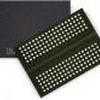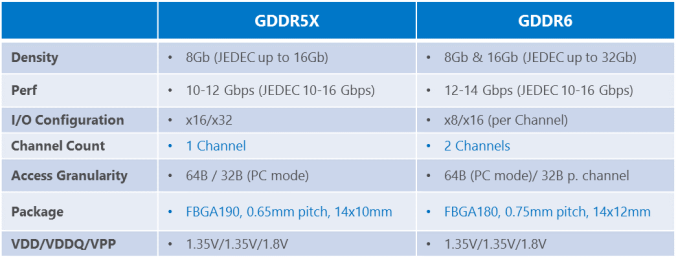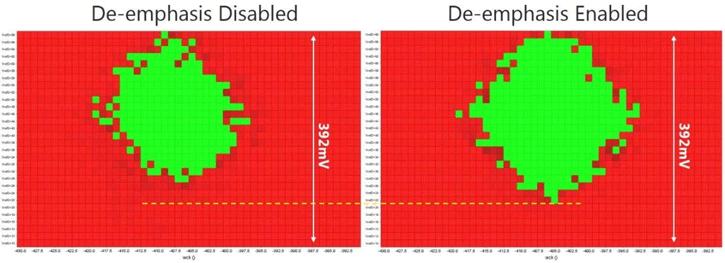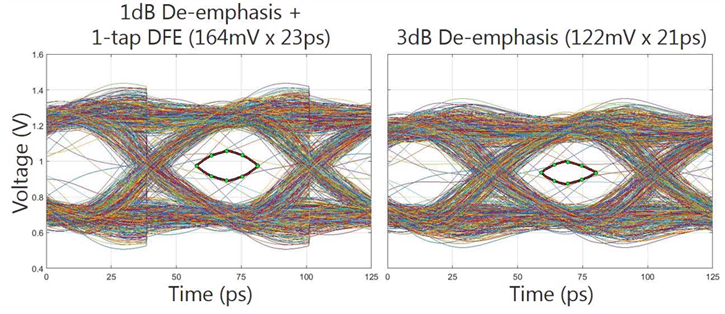Micron on its blog talks a little about the massive graphics memory market in 2017 but also talks what’s next for 2018, yes they will ramp up GDDR6 technology and did not even mention HBM2.
GDDR6 is expected to launch with transfer rates between 12Gb/s and 16Gb/s per channel. Their GDDR5 or G5X memory was for Micron’s graphics team as they had a record-breaking year in GDDR5 shipments and their 12 Gb/s G5X, the highest-performance mass production GDDR memory.
In markets outside of graphics, 2017 provided many opportunities for deep dive conversations around GDDR6. Mobile World Congress America focused discussions in automotive applications. At Linley Processor conference, GDDR6 was looked at for networking applications. The broader interest is a positive sign for what’s to come.
Micron blog --- So, what comes in 2018? Looking forward, a number of trends in each of these key segments will continue to require faster GPUs, hungry for more memory bandwidth and density. That’s one of the reasons we have continued making R&D investments in our GDDR portfolio, to increase memory bandwidth in a discrete component with established packaging, handling, and testing characteristics. We’ve made great progress on a number of programs since my last update, so I’ll share a brief overview of that today. First, we have recently begun mass production shipments of 8Gb GDDR5 on our most advanced production DRAM node. This gives our customers and partners a long-term support option for a proven graphics memory and delivers increased speed margins. In June of this year, we mentioned that our GDDR6 program was on track and progressing well. Since that time, our Graphics teams in Munich and Boise have been hard at work, and both design and device qualification are complete. We are very pleased with the performance this memory will offer our customers across a range of products that crave memory bandwidth.
Being the only memory manufacturer to design, test, and mass produce G5X puts us in a unique position with GDDR6, which shares a very similar specification. Our initial progress is very promising, as you can tell in the data eye and wafer schmoos I’ve posted with this blog. Designing devices with the level of high-speed signaling required for these graphics memories is no simple task. We are confident our GDDR6 is leading the industry in these metrics, and we share them because we think it’s important for our customers to see this progress.
Simulated data eye openings at 16 Gb/s – Combined de-emphasis and DFE (left) and stronger (3dB) de-emphasis (right).
Measured link margin shmoos at 16 Gb/s without and with single-tap de-emphasis enabled.
For the techies reading this, please drop by Designcon to see the detailed paper and presentation from Micron outlining techniques for designing for GDDR6 at 16 Gb/s. Like G5X, we see a path for GDDR6 to offer a 16 Gb/s bin over time, with initial mass production bins of 12 and 14 Gb/s. With developments like these on the horizon, 2018 is going to be another big year for anyone who loves graphics tech. We can’t wait to see it, thanks SH SOTN foir the news-submit.
Graphics memory exploded in 2017 Says Micron - Next in 2018 is GDDR6




